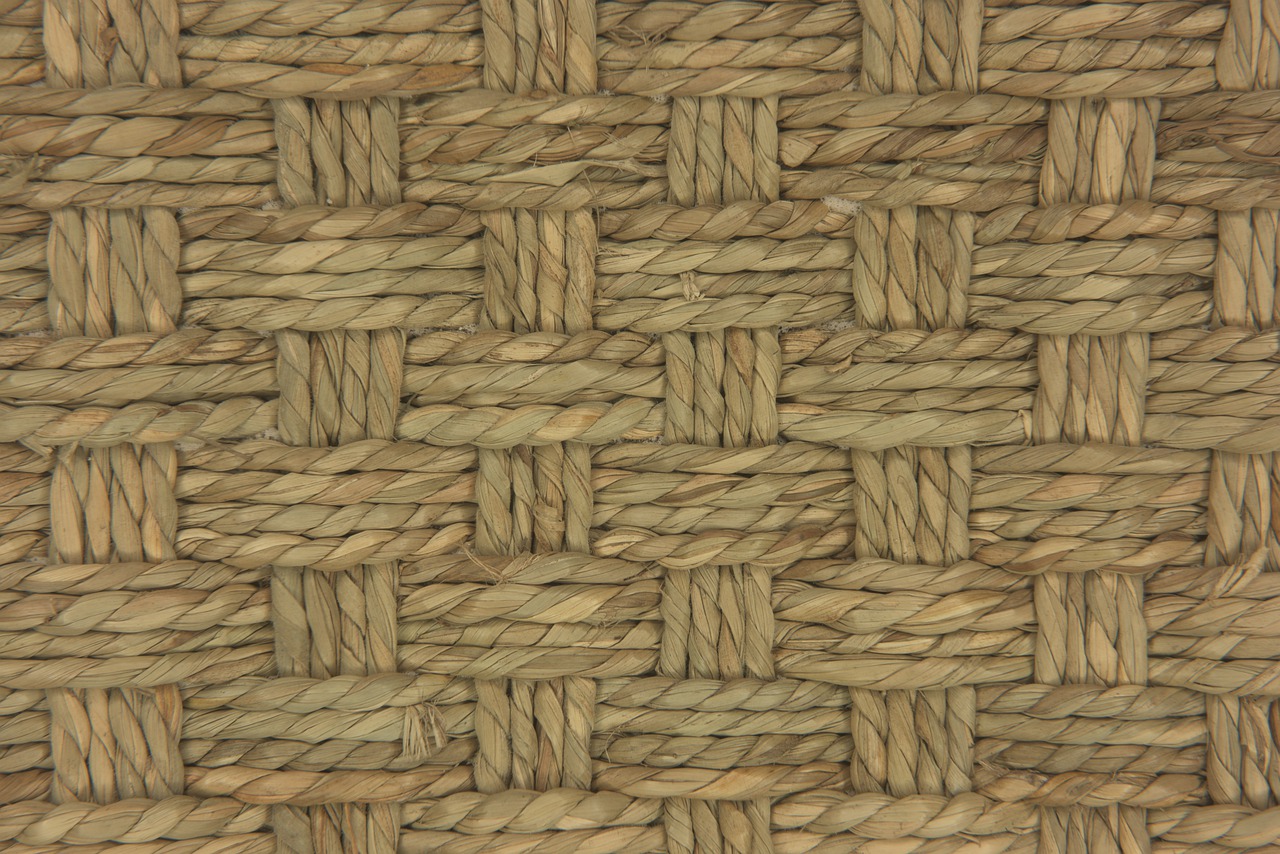If you’re interested in learning all about seagrass carpet problems then you’ve come to the right place. We’ve thoroughly researched just about everything there is to know about seagrass carpets and the issues that are related to them, but let’s take a sneak peek at the major ones.
The most prominent problems with seagrass carpets are that they are highly resistant to being dyed and so only come in very strict color schemes, and they require special treatment to install which can be expensive.
In order to understand the problems that you may encounter with seagrass carpets, it’s important to know how seagrass carpets are made. We will also take a look at some of the benefits (it’s not all bad news!) to help you decide on whether seagrass carpets are a good choice for you.
What Is Seagrass Carpet Made Of?
Seagrass carpet is obviously made from seagrass, but not many people understand what seagrass actually is.
Seagrass is the only type of flowering plant that grows in marine environments and there are around 60 different species. Seagrass has the appearance of grass growing underneath the water, hence the name.
The leaves of seagrass plants are processed into yarns from which weaves can be spun to create seagrass carpets as well as rugs and mats.
What Are The Main Problems With Seagrass Carpet?
Let’s take a look at the main problems that can be associated with seagrass carpets to better understand the nature of the material and whether it is suited for your home.
Resistant To Dyes
Seagrass is inherently resistant to dyes.
This means you will be restricted to the natural beige color of seagrass carpets. A lot of people prefer the natural look, but it is worth knowing that it only comes in a very strict color palette as it can play a crucial role in designing how you want a particular room to look.
Installation As A Carpet
Seagrass is typically glued directly to the floor, which can cause a few issues.
The first one is that the subfloor needs to be suited for this application. In most cases, a concrete floor is the best option as the seagrass can be glued down directly, however other types of subfloor may not be suited for the glue.
The second issue is that if you want to remove your seagrass carpet it can become quite a difficult job. Unlike hardwood flooring, seagrass has to be essentially ripped from the floor to break the bond between the floor and glue.
This can make it not only difficult to remove the carpet in the first place, but it can also make it hard to clean the subfloor afterwards as it is likely that there will be areas of glue and the carpet still stuck to it.
Cats
Cats love to scratch just about any carpet no matter the material – but seagrass is especially prone to it.
This is because the texture of seagrass is very similar to the straw that is sometimes used in cat scratch towers or pads. Cats are able to get their claws into the weave for a satisfying scratch, so if you do happen to own a cat or two then you should be aware that they may damage the carpet if given the chance.
Prone To Mold
Most natural fibres are prone to mold, but seagrass can be especially prone to it, especially in damp areas like basements.
This is due to seagrass being a water-based material, which makes the fibres more prone to mold and mildew. It can also be difficult to fully dry out seagrass as it tends to hold moisture well which creates the perfect environment for these types of problems.
Are There Any Benefits?
Despite the problems that can be associated with seagrass carpet, there are quite a few benefits as well that are worth considering.
Value
Seagrass carpet is very affordable when compared to other natural carpet fibres such as wool.
In fact, when compared to synthetic carpet fibres as well seagrass is still a very affordable option, which is definitely a major selling point.
Durable
Seagrass is also known for being a highly durable type of carpet due to the combination of inherent material properties and strength as well as the weave that it is produced in.
Most natural fibres have this innate ability to withstand the elements and seagrass is no different in this regard.
Eco Friendly
Seagrass is, for the most part, an environmentally friendly material. This is quite obvious really – it grows in the sea and requires no chemicals to produce it.
There are some doubts however that the process of getting seagrass out of the sea and into the form of a carpet can be environmentally damaging, so you should always speak to your carpet supplier to find out more details if you are interested.
Not The Best For Stairs
If you want to carpet your stairs then seagrass is not the best material for the job. Seagrass carpet is suited for smooth surfaces to maintain the structure of the fibres.
When fitted on stairs you may find issues with the fibres becoming damaged and loose which can make the carpet slippery, the last thing you want on a set of stairs.
Final Thoughts
Thank you for taking the time to read this article.
We hope you have a good understanding of some seagrass carpet problems – as well as benefits – and how they can impact your choice of carpet.

